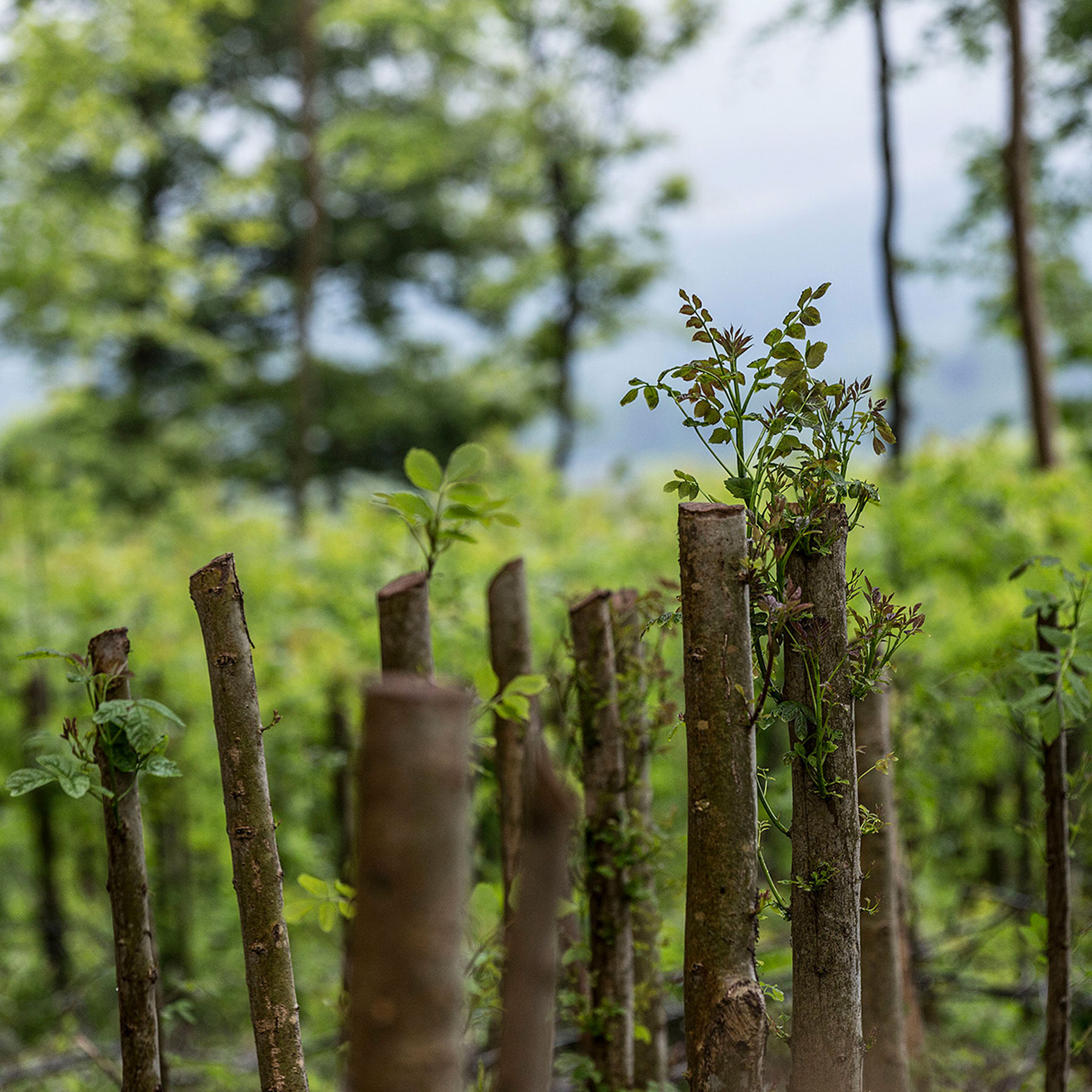Walking With Art

Purdey’s traditional British walking sticks are made with artistic flair.
Photography by Terry Allen
Story originally published in Volume 3, Number 4
At first glance, you might simply see limbs or branches, but the harvested wood shown at right and the shoots seen above—natural British hardwoods such as blackthorn, hazel, and ash—will be the raw materials fashioned into beautiful canes or walking sticks, straightened by steam and finished in the British tradition, after aging for about a year. A mere stick is quite different from a finished Purdey walking stick. Dating back to our hunter-gatherer ancestors, sticks or staves were used for protection and support. Images of a shepherd with his crook date back to Biblical renderings. Nowadays, an elegant walking stick or cane is an emblem of country life in the United Kingdom. It’s a statement of authenticity and originality, as no two handcrafted walking sticks are alike. The wooden sticks grow as shoots off the trunk of a tree and are cut when they reach the appropriate length (about four feet) and width for a walking stick. This practice is called coppicing and ensures that the proper materials for future walking sticks will be available. It’s a process of renewal. Coppicing is also beneficial to local fauna in the UK countryside where the sticks are grown, as the groves provide desirable habitat for birds, insects, and butterflies and facilitate growth of wildflowers such as orchids. In the UK, people equipped with walking sticks are often called “ambulists” as their sticks announce their intention to ambulate or amble in the countryside—often with shotgun and bird dogs, accompanied by beaters and picker uppers.
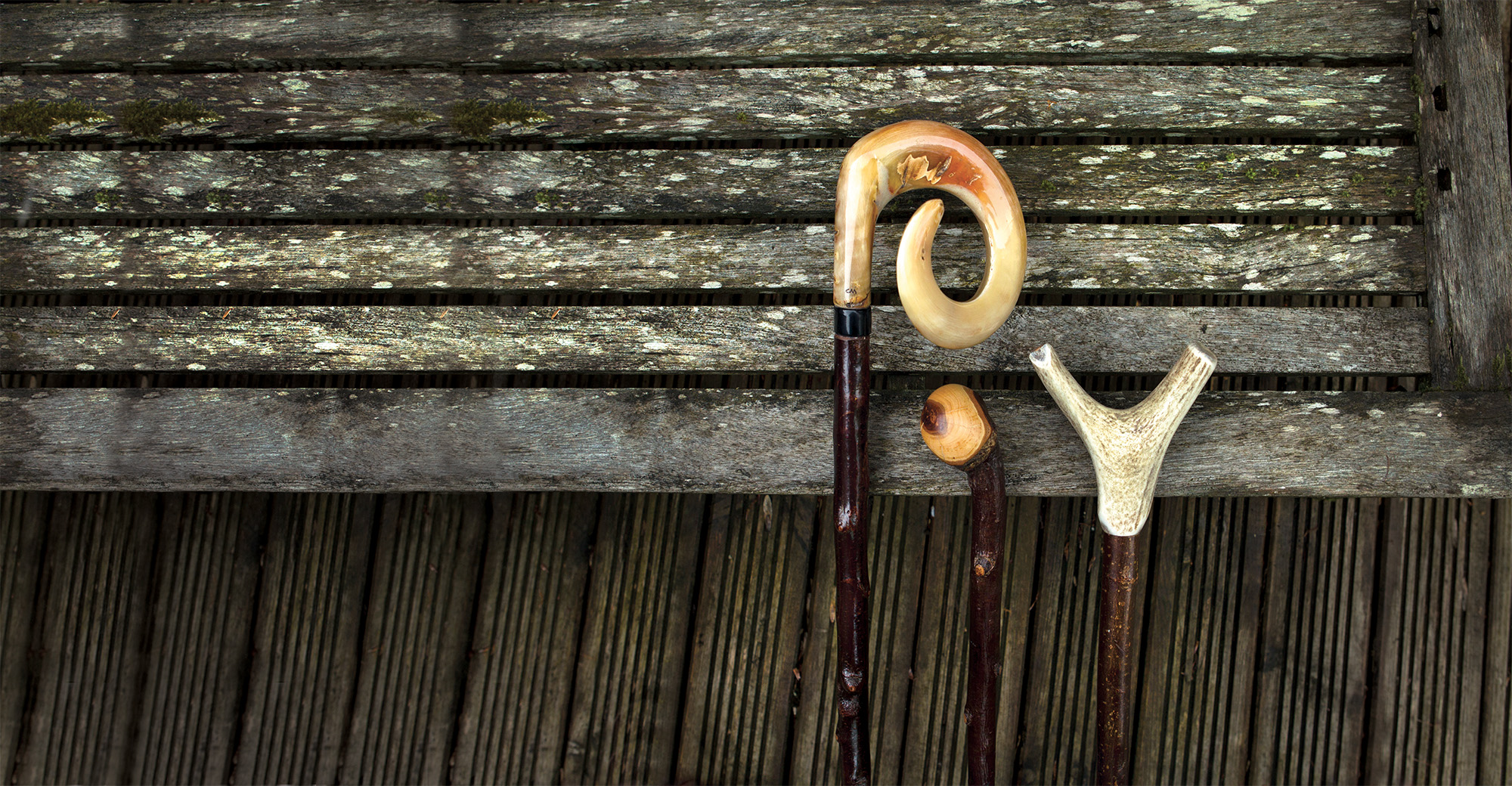
On the UK grouse moors, a walking stick is required equipment, a necessary accessory for the hunt, the same as a cartridge bag is. Amid the heather, concealed in the spongy ground, are small creeks that run narrow and deep; a misstep into one can cause injury. But with a stick to probe ahead, a hunter or game beater knows where to step to keep safe footing. You can do without a walking stick, of course, but you’ll fare better (and be safer) with one in your hand.

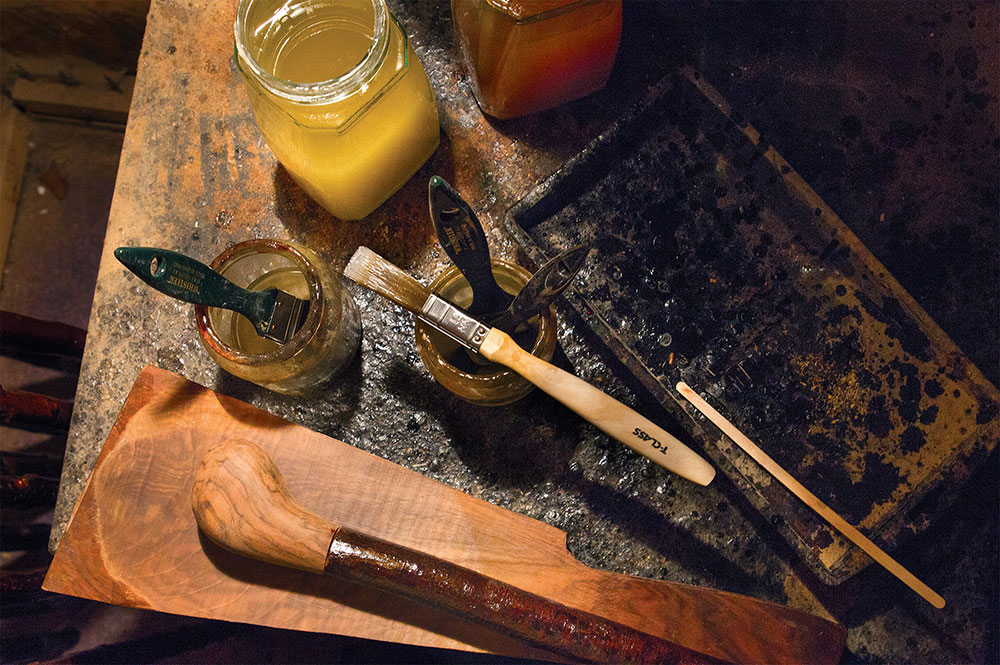

And how do these sticks become transformed into walking sticks by Purdey? Each receives the attention of a craftsman, who hand-finishes the stick in his own design or to the personal preference of the ambulist. Throughout history, walking sticks have received quite ornate designs—even dazzling, jewel-encrusted versions or those concealing weapons or, in a softer touch, women’s makeup or perfumes.
Purdey strives to create products, whether firearms or fieldware or accessories, of artisanal value that showcase excellence and quality. The company says: “The design and functionality of each product is considered to certify authority within the field, whilst preserving the tradition and legacy of the brand.” Traditional walking sticks are no exception.
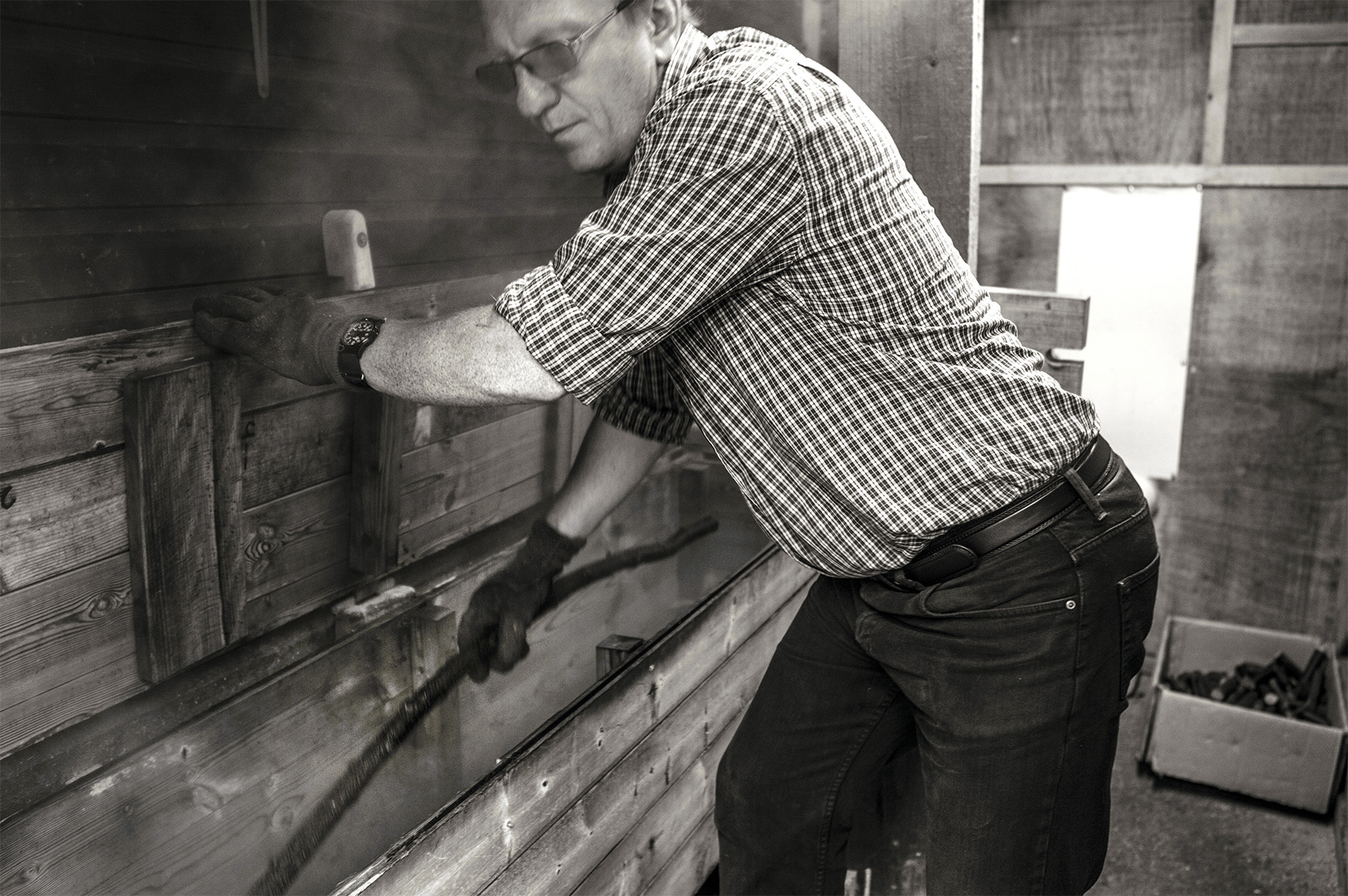
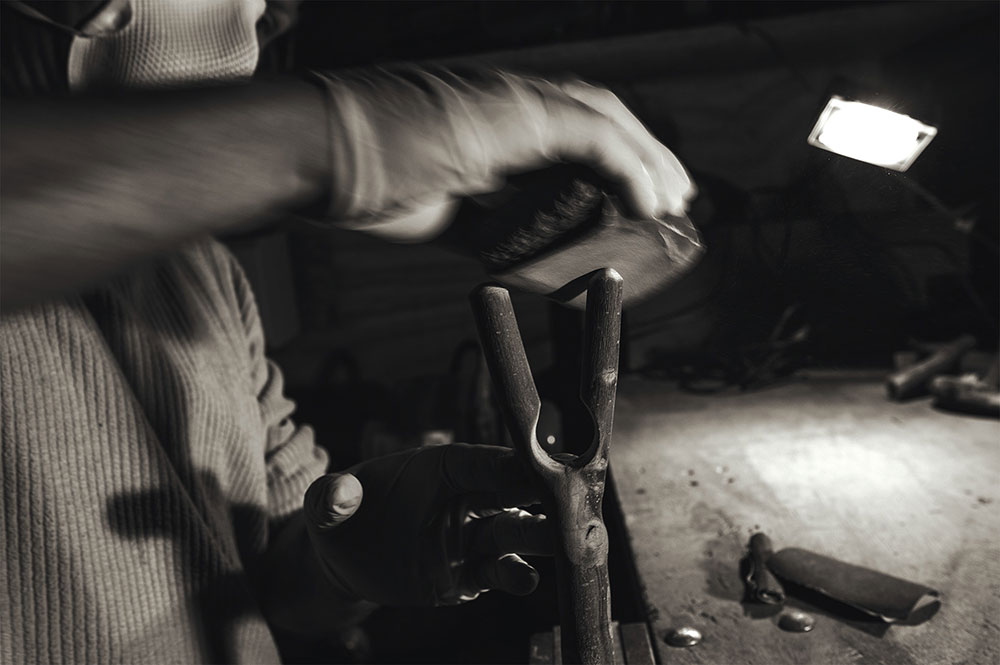

In the 17th and 18th Centuries, Louis XIV of France, known as Louis the Great or the Sun King, decreed that only the aristocracy could use walking sticks, as they were a symbol of power. Many portraits of the Sun King show him wielding a walking stick while he strikes the look of the divine monarch be believed he was.
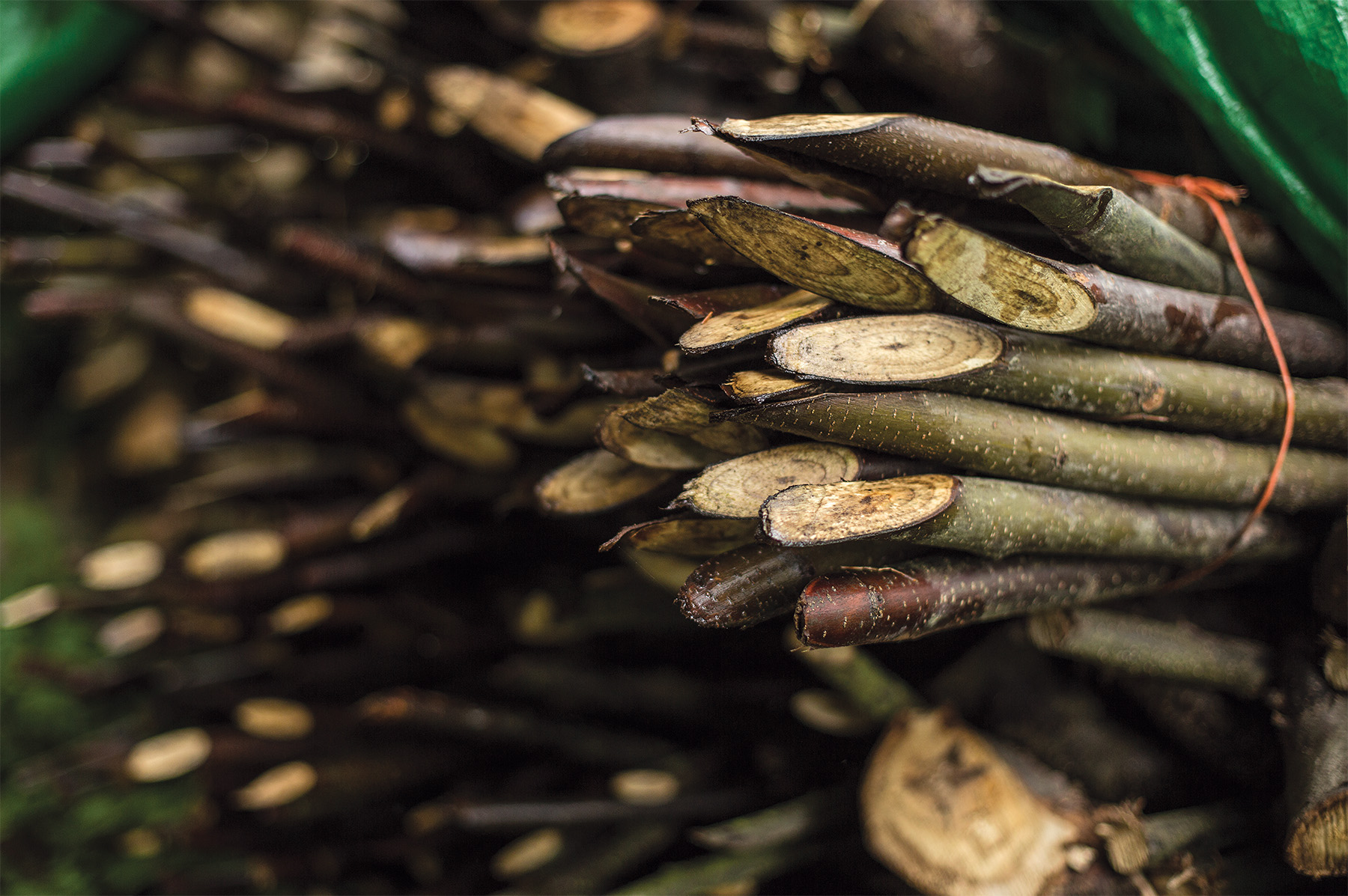
You might want an antler top or a carved image or totem that serves as a grip. Courtly gentlemen may ask for a top made of silver. A natural vee in the top of the stick, produced during coppicing, can serve as a thumb or hand rest. Wood knots can be a natural top to a walking stick, or a stick might be finished with a more ornamental design such as a wood carving or an antler section. The expression of personal style still is an important consideration for ambulists—or even the casual walker who wants a little help and security while strolling a country road or intently stalking a heather-covered moor. Like the choice of a shotgun, a walking stick can say much about the individual who holds it. As an accessory, the stick can be matched to outfits—or to a favorite sporting gun. This historic art of making walking sticks remains alive today, and companies such as Purdey deliver quality craftsmanship. As U.S. President Theodore Roosevelt said, attributing the phrase to a West African proverb, “Speak softly and carry a big stick; you will go far.” And you will go with style, too, carrying one of these bespoke British walking sticks.
The expression of personal style still is an important consideration for ambulists—or even the casual walker who wants a little help and security while strolling a country road or intently stalking a heather-covered moor.

